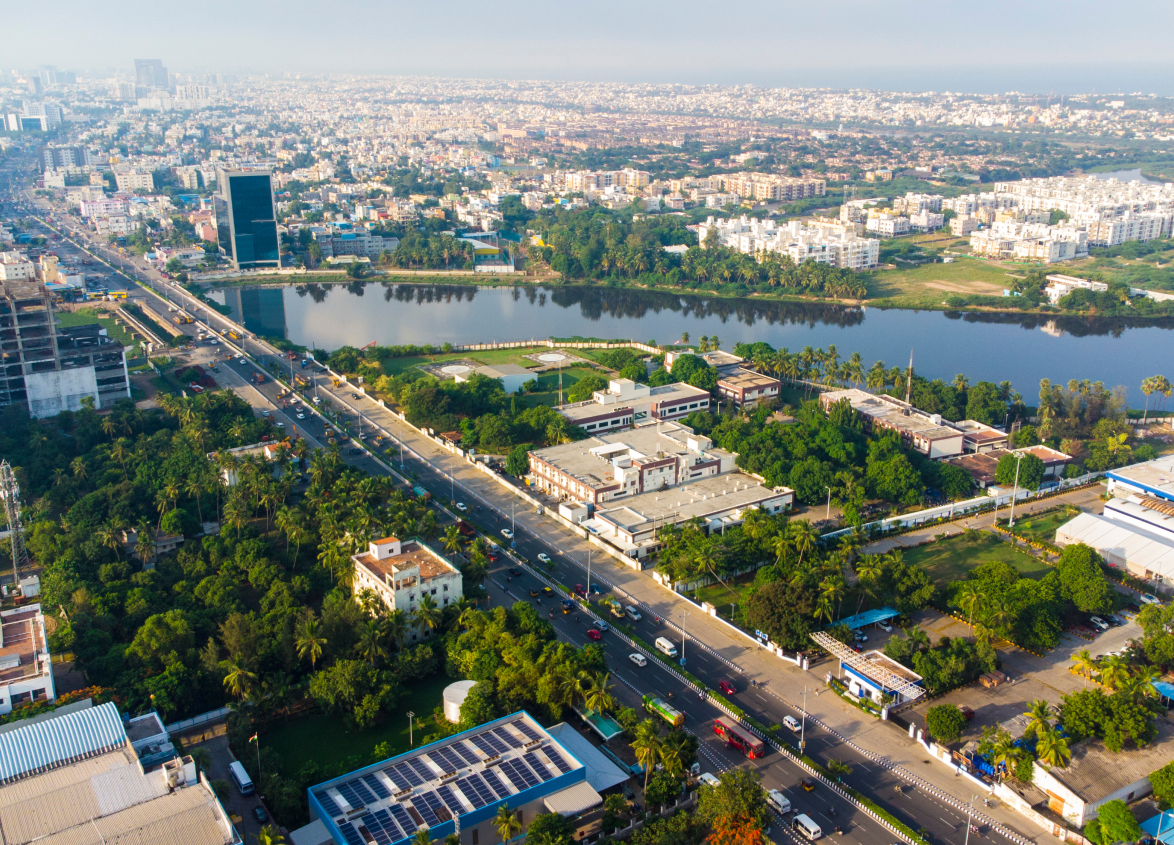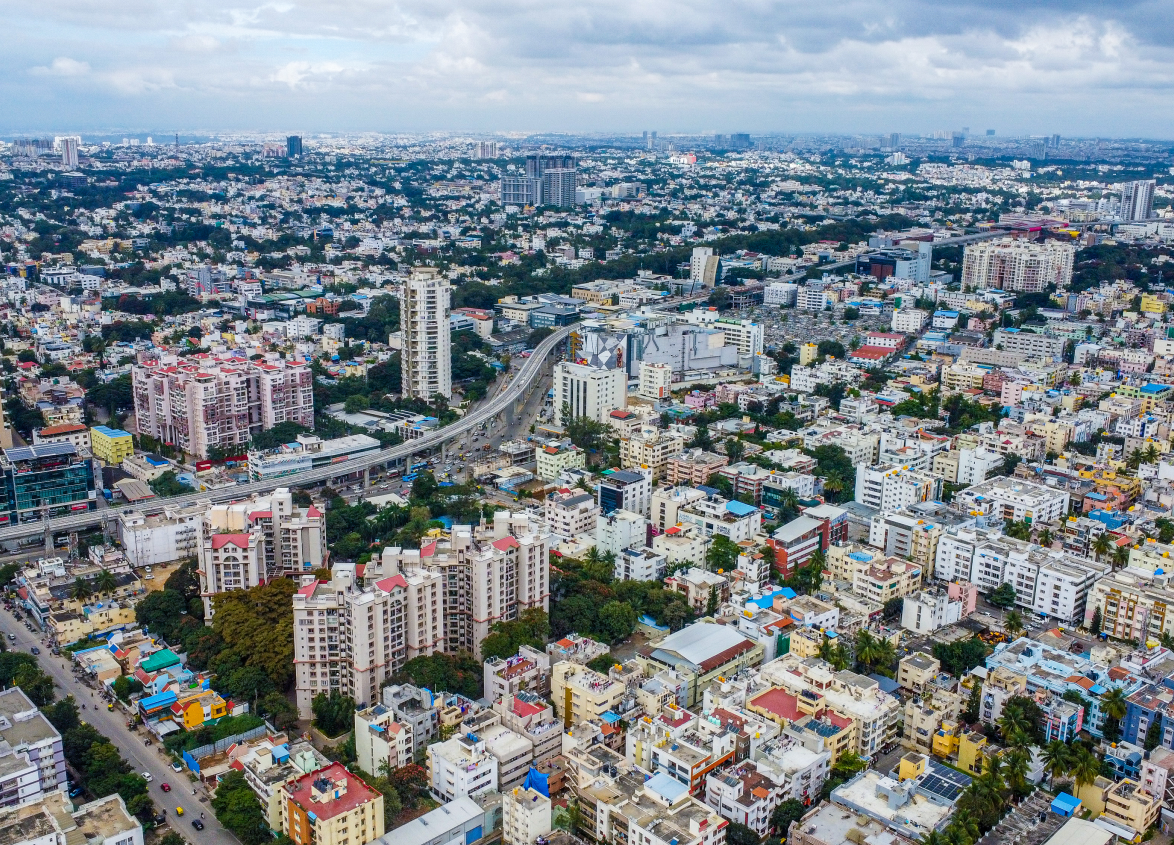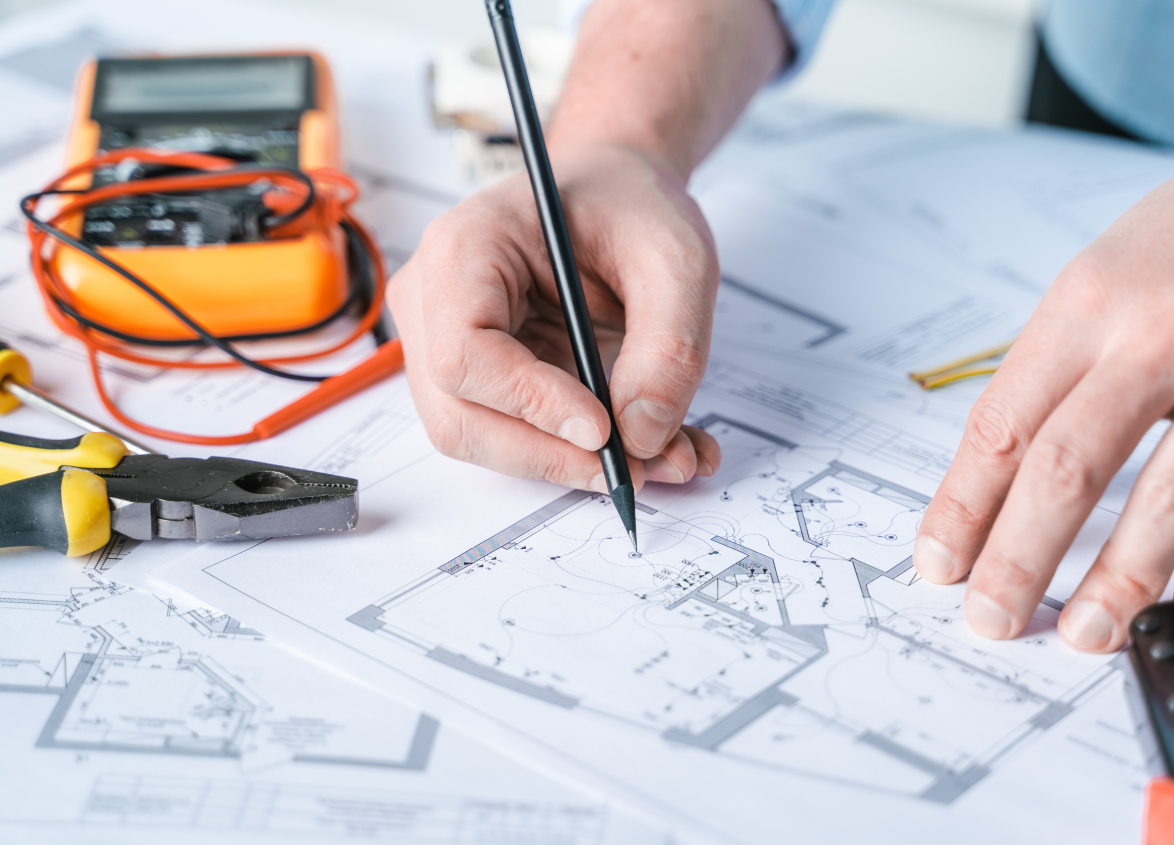
Foundation
Building Stronger Communities - Effective Community Projects and Sustainable Strategies
January 23, 2025
Introduction
Building stronger communities focuses on fostering social connections, enhancing the quality of life and promoting long-term sustainability. In today's fast-paced world, where individualism often overshadows community values, the need to nurture more robust, more resilient communities has never been greater. From the ability to get education and healthcare to sustainable economic opportunities, community development embodies and helps shape the future.
But how does one make a community? That's clearly more than just constructing buildings or initiating programs. It is more about engaging people, tapping local resources and ensuring inclusive, sustainable and scalable development.
For India's large diversity of communities, cultures, geography and needs, it is a neccesity to craft the appropriate community development projects that suit the distinctive characteristics of each area.
This blog will explore the important characteristics of effective community development projects, great examples in India, sustainable strategies, challenges and solutions for community improvement.
Key Characteristics of Effective Community Development Projects
A good community development project does not solve a short-term requirement. It would form a basis for long-term developments. The following are some of the traits which characterise these successful projects:
Community Involvement
Community involvement is one of the most critical requirements. Best projects are those in which the community is involved, from the planning stage to execution and, finally, up to the evaluation stages. When people own a project, they tend to participate for its success to be realised.
Clear Objectives
A project lacking specific goals is like a ship without a compass. Successful community projects set clear, realistic goals toward improving access to clean water, increasing employment opportunities or enhancing education.
Inclusiveness
Community projects must be all-inclusive. All members of the society, particularly marginalised ones such as women, children and the aged, should benefit from the initiative. It's not just about finding a solution to a problem but ensuring that nobody gets left behind.
Sustainability
After all, sustainability will be the key to long-term success, whether it will be economic, environmental or social in nature, and it will be a community project that continues working and getting better once external support is stopped.
Collaboration and Partnerships
Working with the local government, nonprofits, businesses and other communities will also help provide the resources, skills and perspectives needed. These partnerships can establish funding, technical expertise and institutional support for the project.
Monitoring and Evaluation
To know if the project is really making a difference, mechanisms of monitoring and evaluation are a must. Community feedback, data collection and regular assessments help monitor progress and make adjustments whenever needed.
Successful Community Development Projects in India
Rich examples of success stories of community development projects exist across the country that have been instrumental in ushering in good change. Among them are:
The Kudumbashree Project, Kerala
Kudumbashree is a poverty alleviation program for women implemented by the Government of Kerala. Through it, microcredit and vocational training courses are being provided to women. They are gaining employment and building entrepreneurial skills. Women's economic independence has improved and the whole family has benefitted.
Barefoot College, Rajasthan
Barefoot College, founded by the social activist Bunker Roy, trains rural women, many of whom have never attended school. These women, once trained as solar engineers, return to their villages to establish and then independently maintain solar lighting systems. Under the project, villages receive clean energy as well as empowered women with useful skills and self-confidence.
Swachh Bharat Abhiyan
India's Swachh Bharat Abhiyan has changed the sanitation scenario in not just urban areas but rural areas as well. The initiative built millions of toilets in every region, reducing open defecation. Public health has improved and cleanliness has become a given. Community involvement and awareness programs helped make it a success.
MGNREGA (Mahatma Gandhi National Rural Employment Guarantee Act)
The MGNREGA extends at least a 100-day wage employment to the rural household populations with the aim of enhancing their livelihood security. It empowered rural India and provided stability in the form of wage income for all of its people, simultaneously paving infrastructure roads, ponds, and a system of irrigation.
Digital India Initiative
This program intends to link rural areas to high-speed internet and improve digital literacy. The provision of communities with access to technology has helped improve education, healthcare and government services.
Some Sustainable Strategies for Improving Communities
Whatever a community project entails, sustainability will remain the backbone of it all. To ensure that community improvements are achieved beyond years, specific sustainable strategies must be enforced:
Employ Local Resources
The best way of attaining sustainability is through the use of local resources, human and natural ones, including local labour, materials, and skills, which not only cuts down costs but also makes the community self-reliant.
Education and Training
Building capacity within the community is essential because, after education and training, members will have knowledge of the vocation, leadership development, and technical skills to enhance their living situations in the future.
Development of Environment-Friendly Behaviour
Environmental sustainability is one of the core needs to sustain a community project for a long time. Renewable energy, sustainable agriculture and waste management are but a few of the green practices that guarantee the smooth operations of a community without causing harm to the environment.
Income Generation
Projects that help the community earn money are relatively more sustainable. For example, in SHGs (Self-Help Groups), producing products to sell provides continuous sources of income that can be ploughed back to other community ventures.
Community-Led Monitoring
Self-monitoring and maintenance by the locals will ensure sustainability. If local committees are responsible for the maintenance of water systems, schools or other health facilities, they will make sure everything is running smoothly.
Community Development Challenges and Solutions
Better community development is never going to be smooth sailing. From financial constraints to social resistance, here are some common challenges facing community development projects—and, of course, potential solutions:
Funding
Funding often forms one of the major challenges in community projects, especially in rural regions where resources are limited. Communities can provide funds from a mixture of grants from the government, CSR spendings and foreign agencies for aid purposes. Crowdfunding platforms are also being increasingly used today for community-driven initiatives.
Social Resistance
Sometimes, cultural norms or social formations do not welcome new innovations. Projects on women's empowerment may not be able to find followers in communities with patriarchal ideas. Involving the local leadership and thought leaders at an early stage can diffuse the barriers.
Additionally, other attempts can bring a change in attitudes and inculcate inclusiveness through awareness campaigns and education programs.Lack of Basic Infrastructure
Even basic infrastructures such as roads, electricity and more recently, the internet may be absent in rural or undeveloped regions. Projects should focus on improving infrastructure. For example, what impact would solar power have in places where there is no electricity? Similarly, through policies like MNREGA, we could initiate the construction of new roads. Both these initiatives lead to the creation of more economic opportunities.
Availability of Skilled Labour
Community development projects require technical expertise, which at times can be a problem, especially for rural-based projects. These can be solved by organising training programs and skill development workshops that will empower local people to take on more complex tasks, from construction to healthcare.
Future of Community Development
The future of community development is bright, with the emergence of digital technology and a greater focus on sustainability. Trends marking the future of community projects are as follows:
Technology Integration
Technology is altering how communities access services, such as telemedicine or digital classrooms. Thus, future projects will be similar but will hold more modern features that can better integrate more efficient health, education and financial services for remote areas.
Climate-Resilient Communities
As climate continues to affect the communities, particularly in coastal and rural settings, the demand for climate-resilient infrastructure and sustainable farm practices will increase.
Youth-led Initiatives
The next generation will lead the future of community development. The youth initiatives that will bring forth leaders skilled in vocational training and digital skills will empower the youth to lead their communities into the future.
Inclusive Development
Inclusivity will continue to gain focus, from gender equality to the rights of people with disabilities, ensuring the margin does not get left behind.
Conclusion
Building up stronger communities is not about fixing problems but rather designing environments where everyone thrives. Success in community project development must be to engage people and create a sustainable environment that can last for years.
From women's empowerment to environmental conservation and technological advancement, India has been teaching the rest of the world how to bring communities together actually to make a difference in real life.
As we look forward, inclusivity, sustainability and collaboration will only gain importance. If we focus on these core principles, then we can surely survive and flourish through the years ahead.
FAQs
1. What options do you have in terms of funding opportunities for community development projects?
Some of the sources of funding include government grants, CSR funds from private companies, international aid organisations and crowdfunding.
2. How would you measure the success of community-led development projects?
Success can be measured through specific indicators, such as improvements in education, health, employment or environmental conditions. The tracking may also be realised through time assessments, data collection and community feedback.
3. How do nonprofit organisations help the community?
Nonprofit organisations often play the role of facilitator in community development initiatives. They offer financing expertise and technical assistance that help bridge the gap between grassroots communities and other local units.
MUST READ
Looking for something specific?
We'd be delighted to help you.





















































































































































































































































































































































































































